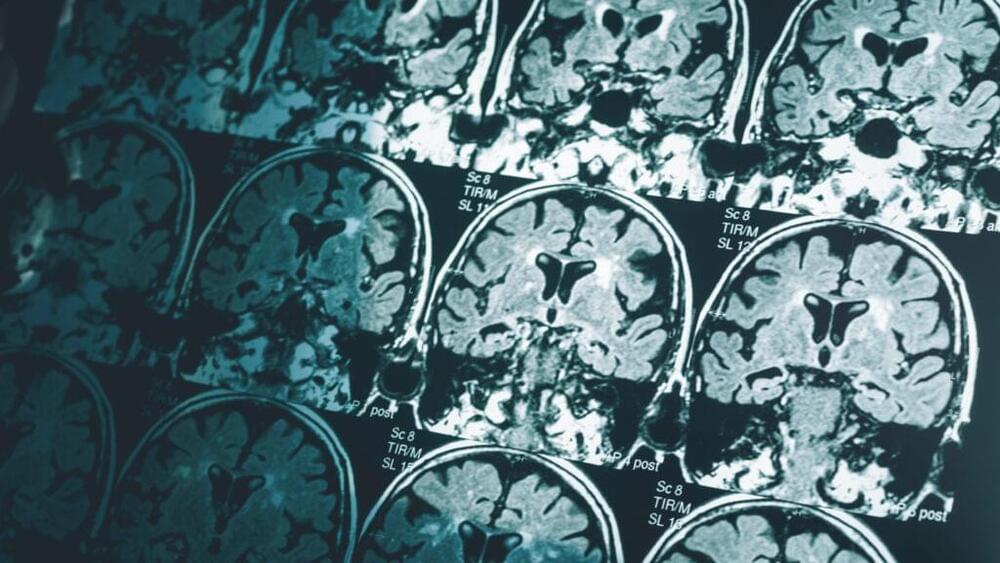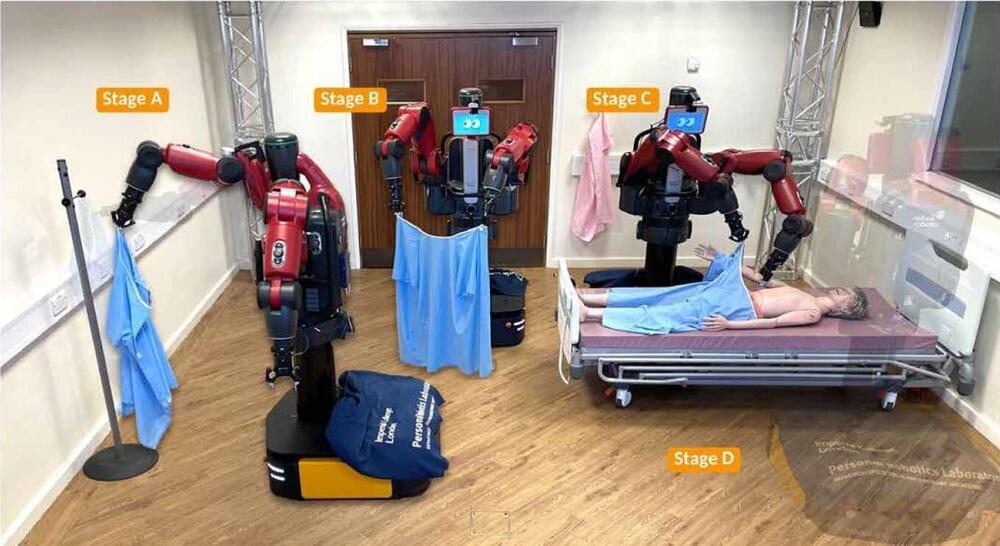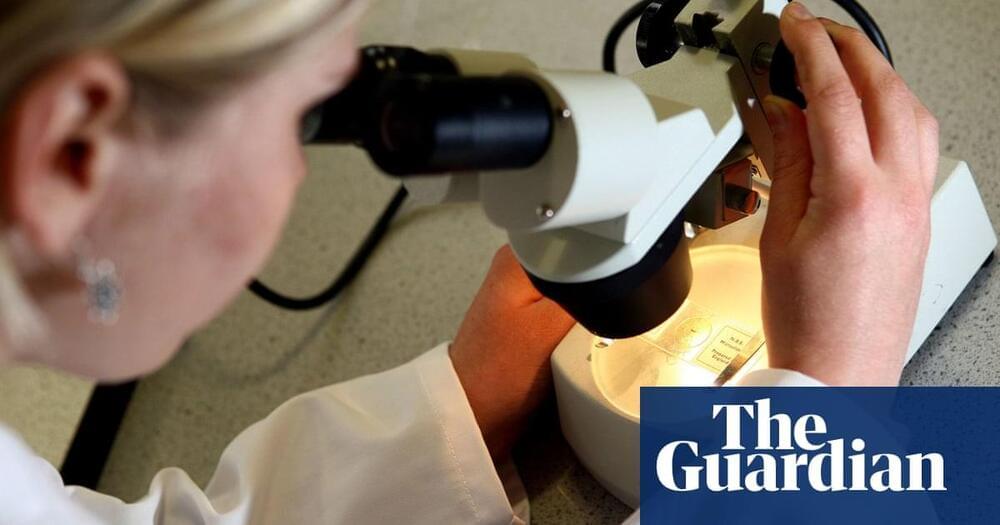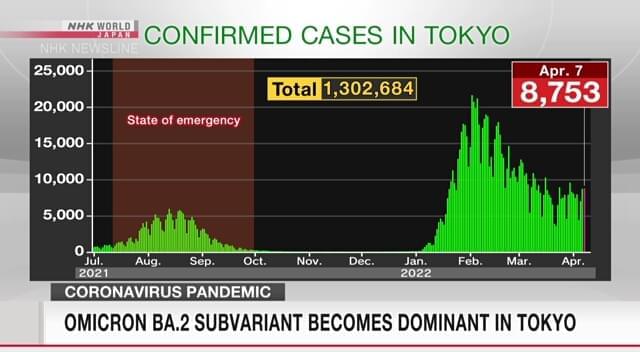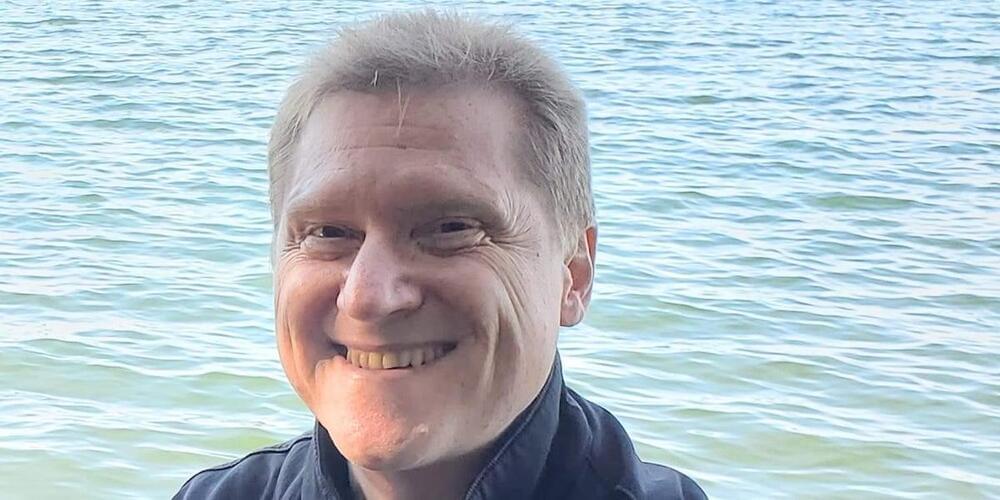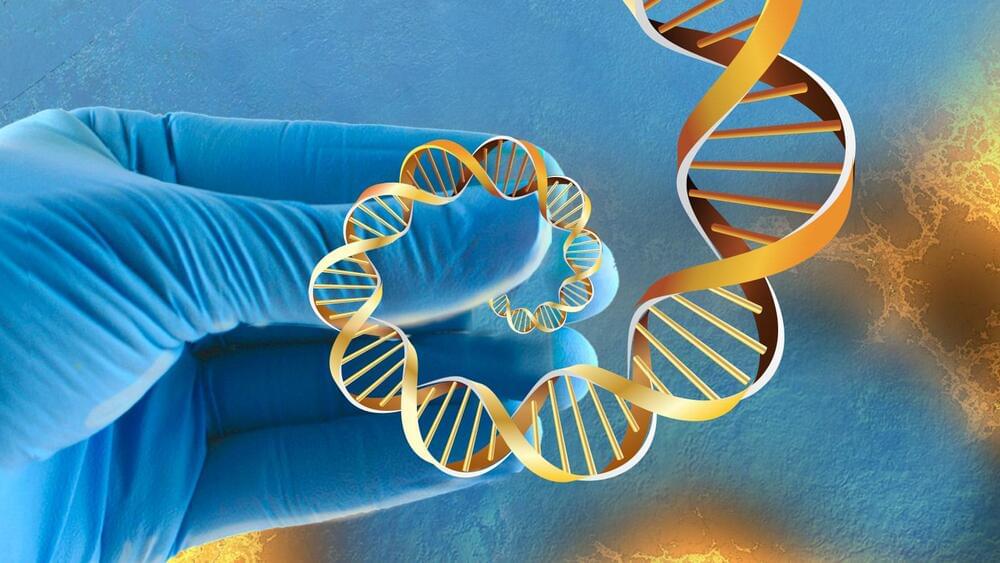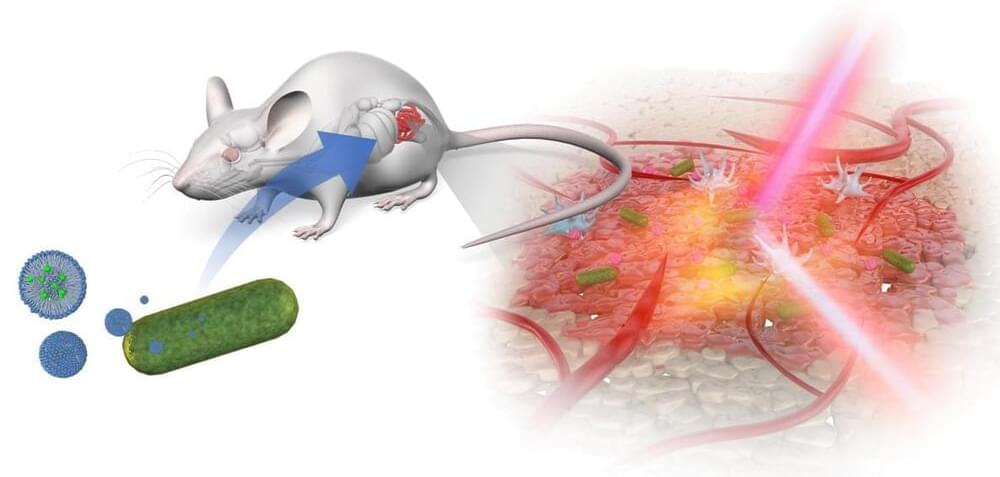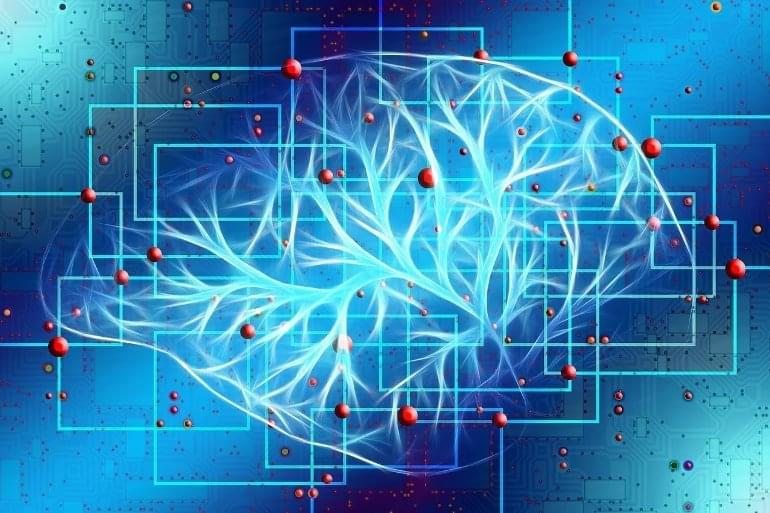
At roughly 70 years human age, the mice looked elderly and unremarkable. Yet hidden underneath was a youthful cellular clock, turned back in time based on a Nobel-Prize-winning strategy. It’s also the latest bet for finding the fountain of youth, backed by heavy-hitter anti-aging startups in Silicon Valley.
At the center is partial cellular reprogramming. The technique, a sort of gene therapy, forces cells to make four proteins, collectively dubbed the Yamanaka factors. Like erasers, the factors wipe a cell’s genetic history clean, reverting adult cells—for example, skin cells—to a stem cell-like identity, giving them back the superpower to turn into almost any type of cell.
The process isn’t all-or-nothing. In a twist, scientists recently found that they can use the factors to rewind a cell’s genetic history tape rather than destroying it altogether. And if they stop at the right point, the cell dramatically loses its age, becoming more youthful but retaining its identity. The results spurred a wave of interest in moving the therapy to humans, with Calico Life Sciences—a sister company to Google—and Altos Labs, backed by Jeff Bezos, in the race.
